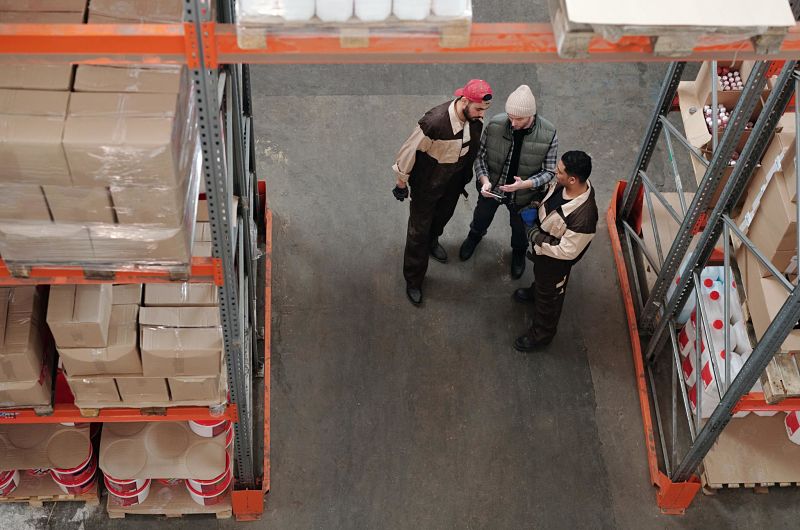Safe Work Month 2021
Think safe. Work safe. Be safe.

We can’t stress enough how important it is for employers to understand their legal obligations regarding employee safety and wellbeing. In industries with high injury rates, particularly those with jobs that require manual handling and repetitive movement, the risk of not being fully equipped is too great.
Workplace injuries can occur in all industries, and not just those that require manual handling. Work Healthy Australia onsite provider Kristina Del Grosso takes us through the top injuries we see causing workers to come off the floor.
It has been shown that organisations which implement health promotion strategies can have wide-ranging positive effects at an individual and organisation level. Here are some tips on how to justify spending on workplace health and wellbeing.
Safe Work Australia defines an LTI (lost-time injury) as, “something that results in a fatality, permanent disability or time lost from work. It could be as little as one day or shift.” There are many strategies that can be implemented to help reduce the risk of lost-time injuries occurring in the workplace.

Ensuring the right people are in the right jobs is crucial to business success. To achieve this requires a clear understanding of the roles within your business, and the specific tasks involved. We’ve outlined the steps to best practice – from recruitment, to training, to helping workers remain fit for task.
RSI is an injury of the upper limbs involving the fingers, wrist and elbows. It is one of the most common causes of work-related injuries. RSI is a very painful and often debilitating condition, which when left untreated can result in permanent damage.
Good quality sleep is essential for our capacity to function and thrive. Studies are now suggesting that anything less than 7 hours sleep is damaging to our health. It’s important to understand an acute or chronic lack of quality sleep can have far reaching impacts.

Australians are working longer. In January 2018, approximately 13% of the workforce was aged over 65, compared to just 8% in 2006. As workers age, there are a number of factors that need to be taken into consideration and managed within a workplace.
The first step in a workplace health and safety strategy for many leading Australian businesses is to engage workplace health and wellbeing consultants. For many businesses, particularly those with workers undertaking repetitive manual handling jobs, their focus is workplace injury prevention, triage and management.
Walking onto the production floor of any business in the manual handling industry, be it in food processing, meat works, logistics or manufacturing sites, it’s not difficult to understand and appreciate the importance of the human component of productivity. Here is a checklist to monitor going forward, to help bulletproof your workforce, and prevent and manage injury.
"*" indicates required fields